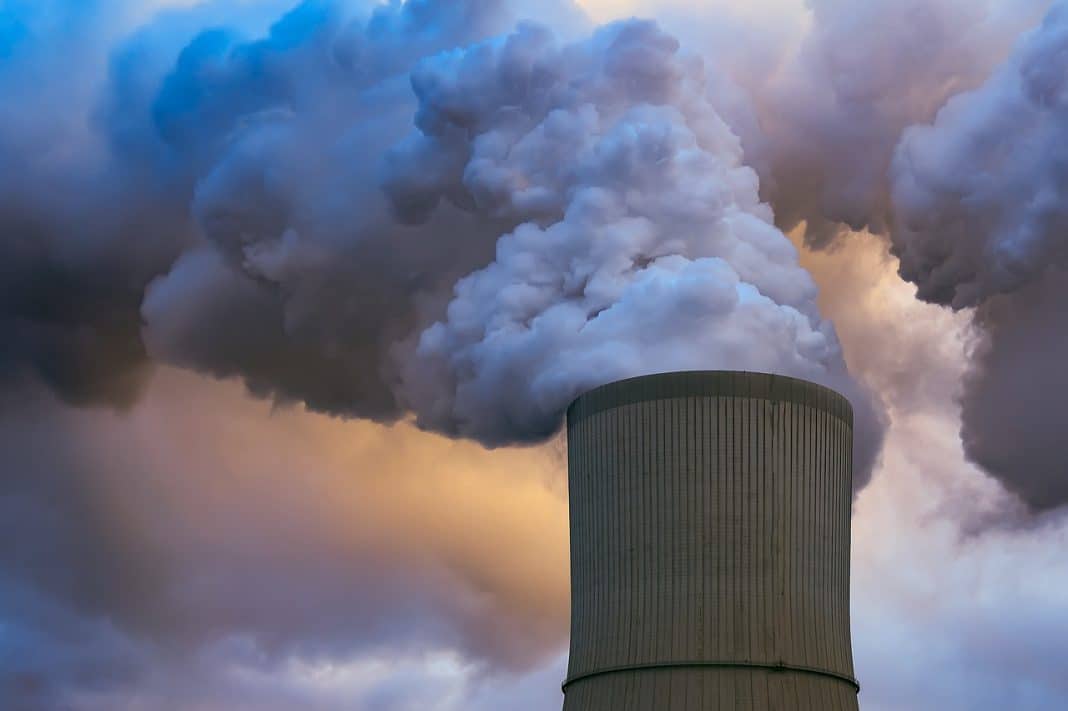Zero-Methane Emissions Initiative launched by The Oil and Gas Climate Initiative (OGCI). The plan is to reach zero methane by 2030.
Bjorn Otto Sverdrup, OGCI Executive Committee Chair, said, “We are calling for an all-in approach that treats methane emissions as seriously as the oil and gas industry already treats safety: we aim for zero, and we will strive to do what is needed to get there.”
OGCI feels removing methane gas from upstream oil and gas will help meet Paris Agreement goals.
Who has committed to the Zero-Methane Emissions Initiative?
Many oil and gas companies have committed to OGCI’s initiative. CEOs across Aramco, BP, Chevron, CNPX, Eni, Equinor, ExxonMobil, Occidental, Petrobras, Repsol, Shell, and Total Energies have signed on.
Per Sverdrup, “We encourage all oil and gas companies to join us in this approach.”
According to the Zero Methane Emissions Initiative, the oil and gas industry can (and should)ane emissions.
To accomplish this, signatories will be transparent. This means they will annually report on their emissions. Companies will also set targets, develop new technology, raise awareness, and improve practices.
These four steps have decreased methane emissions by 30% since 2014!
“We recognize that eliminating methane emissions…represents one of the best short-term opportunities for contributing to climate change mitigation,” said OGCI Chair Bob Dudley.”
What else is the oil and gas industry doing?
First, the oil and gas industry has invested heavily in new tech. Second, the oil and gas industry buys carbon offsets.
Companies buy carbon offsets on the Voluntary Carbon Market (VCM).
One metric ton of carbon equals one carbon offset.
So, when a company buys a carbon offset, they basically “neutralize” one metric ton of carbon. How? Through an environmental project.
Since offset purchases benefit the oil companies and the farmers and landowners completing these projects – it’s a win for all.
Dudley went on to say, “The time has come for us to go further, and we believe that the oil and gas industry can and should lead this effort.”


